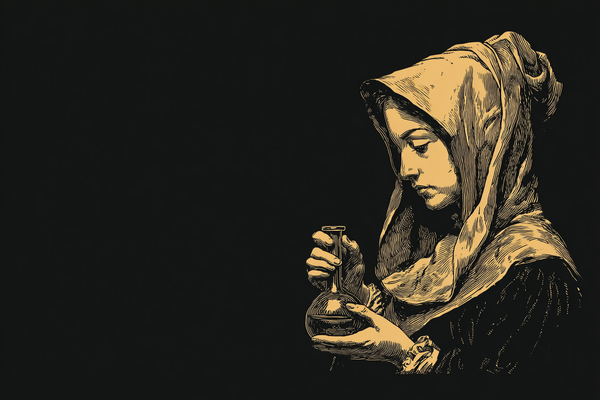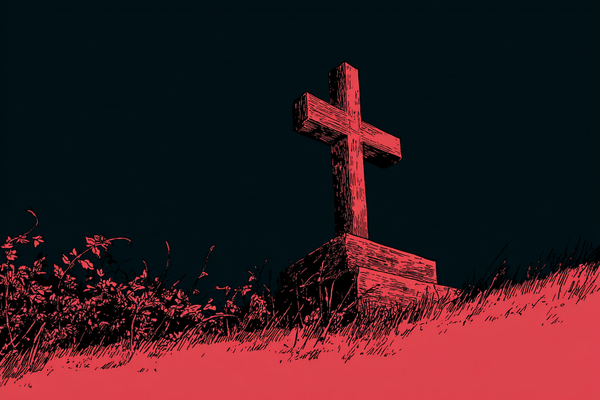Book Tip: Occult Botany – Sédir’s Concise Guide to Magical Plants

If you’re building a library where folklore meets the laboratory, this slim classic belongs on your shelf. Written by the French esotericist Paul Sédir (pseudonym of Yvon Le Loup), a central figure of the Paris occult revival, Occult Botany distills an entire worldview: plants as living symbols with planetary affinities, virtues, and uses that bridge ritual, medicine, and myth.
Why this book matters
Sédir writes from within a tradition that treats the herbarium like a star map. He organizes plants by their astral signatures—solar warmth, lunar coolness, the mercurial quickness of aromatics—then anchors those correspondences in practice. For readers of Crazy Alchemist, it’s the missing link between old grimoires and modern herbal craft.
What’s inside
- Foundations of occult plant lore: signatures, elements, and planetary rulerships; how to read a plant’s “character” from form, scent, and habitat.
- A practitioner’s catalog (~300 entries): concise notes on each plant’s occult properties, traditional magical/medicinal uses, and how it might appear in ritual or talismanic work.
- A compact dictionary: quick look-ups for correspondences and applications.
- Methods & cautions: timing (hours/planets), gathering and preparation, plus admonitions to respect potency and toxicity.
Sédir’s tone is practical, not merely poetic: he expects you to test ideas, keep notes, and treat plants as partners rather than props.
How to read (and use) it
- Pick a theme (e.g., protection, clarity, reconciliation).
- Cross-check correspondences: element, planet, day/hour, and the plant’s temperament.
- Design a small working: a fumigation, an anointing oil, or a sachet—simple, repeatable, respectful.
- Keep a lab notebook: date, moon phase, recipe, results. Sédir’s real lesson is method.
Safety first: some entries reference plants that are toxic or restricted. Treat historical notes as history. For topical or internal use, default to modern, evidence-based safety guidance and stick to gentle allies unless you’re formally trained.
Who it’s for
- Practitioners: to refine correspondences and timing.
- Writers & researchers: a primary-source window into the Paris occult revival.
- Garden alchemists: to reimagine your plot as a planetary garden.
Did you know? “Paul Sédir” was Yvon Le Loup (1871–1926). Active in Paris esoteric circles alongside Papus, he later shifted toward a more devotional Christian mysticism—yet Occult Botany remains his most practical bridge between magic and materia medica.
The Crazy Alchemist takeaway
Occult Botany is not a coffee-table curiosity—it’s a working tool. Read it like a grimoire with a botanist’s margin notes: observant, skeptical where needed, but open to the idea that leaves and stars still speak to each other.





